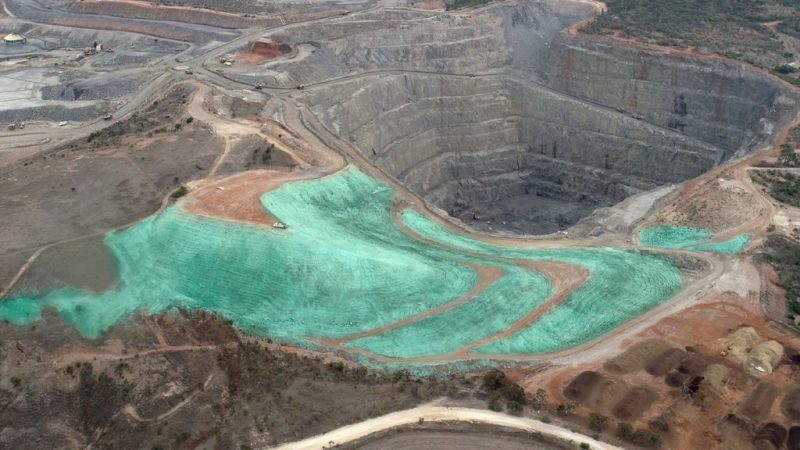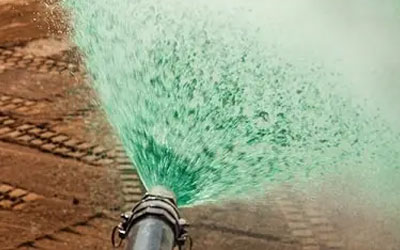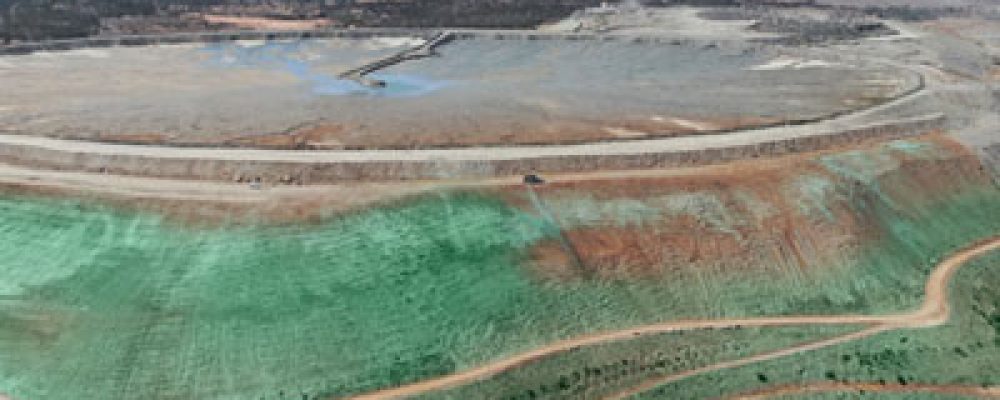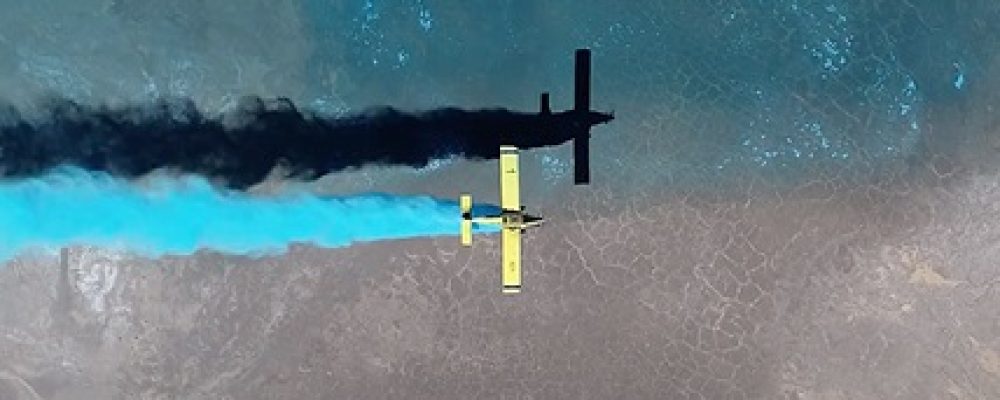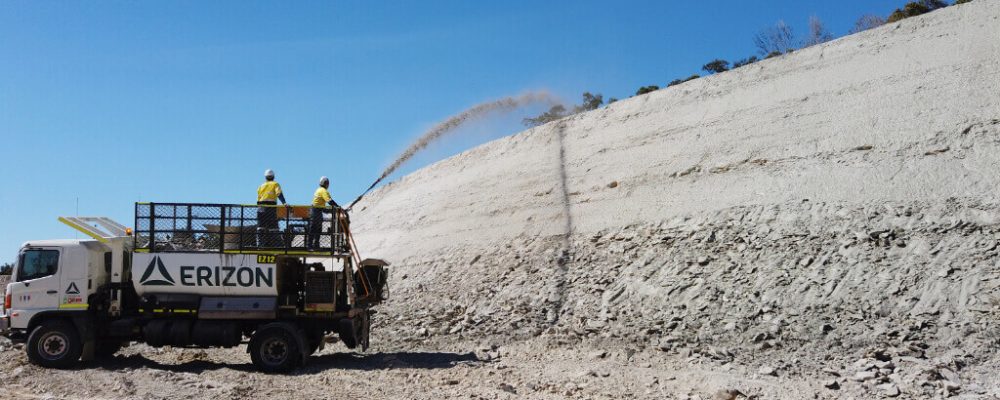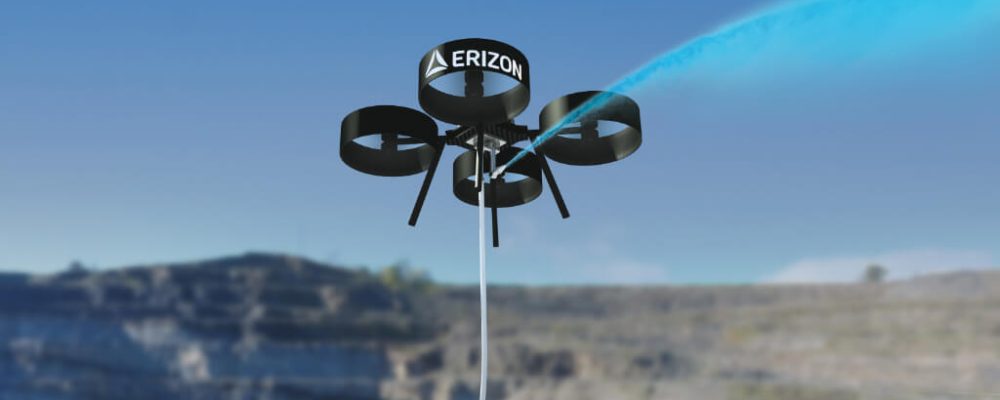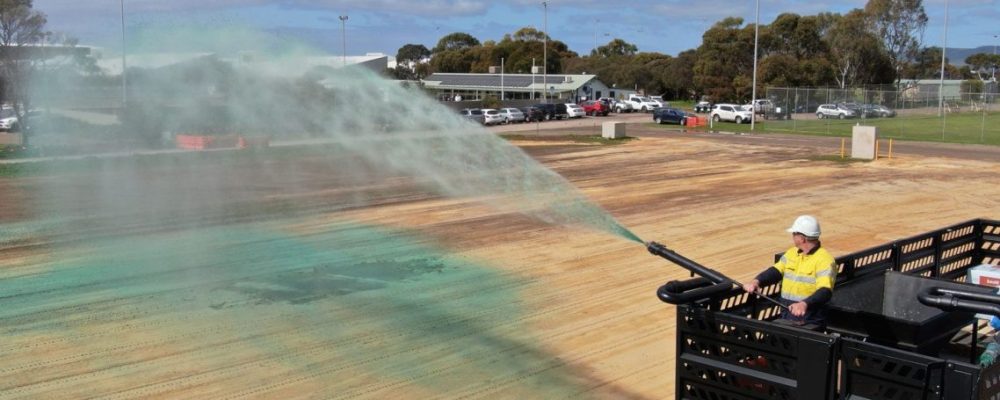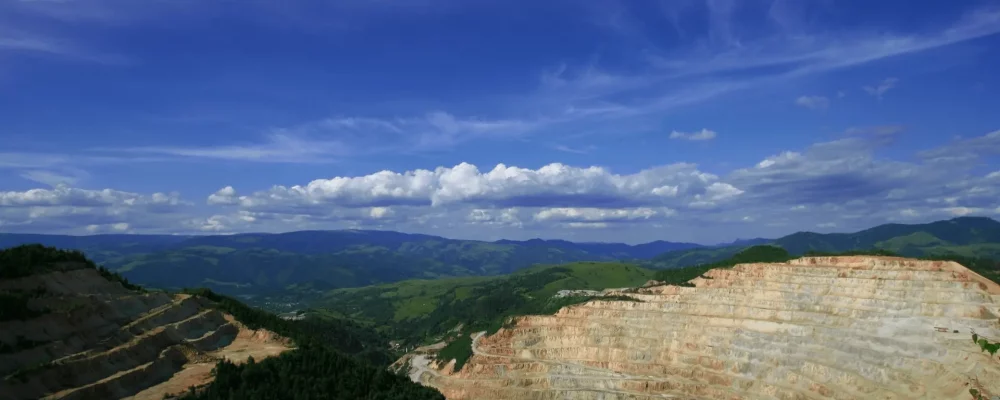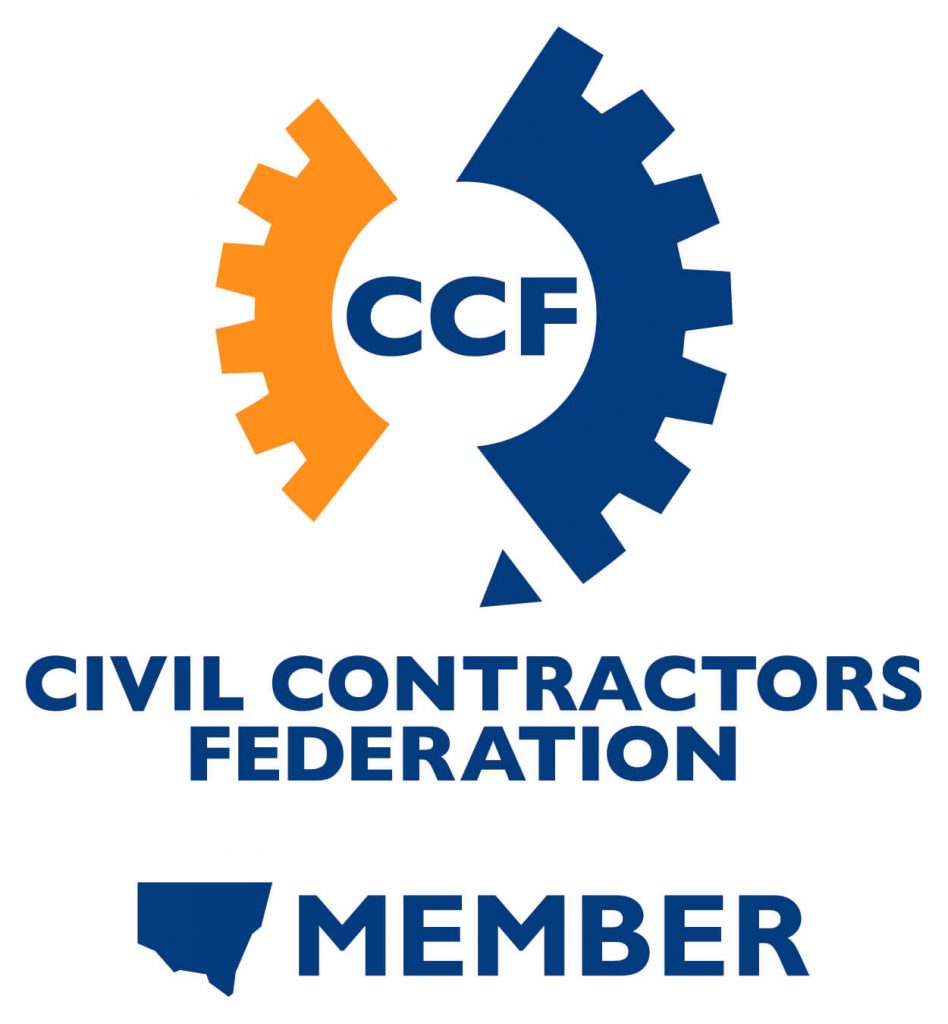The mining industry plays a crucial role in driving economic growth, contributing significantly to various sectors. However, it is not without its environmental challenges. One of the prominent challenges is the restoration of mined lands, where the vital process of mine site rehabilitation comes into play.
This process involves carefully and systematically restoring mined areas to their natural state, ensuring the preservation of ecosystems, biodiversity and sustainable land use practices. By addressing this aspect of mining, we can minimise the long-term ecological impacts and strive towards a more environmentally responsible industry.
Rehabilitation vs Restoration
The words rehabilitation and restoration are often used interchangeable when discussing the process of repairing ecological damage caused by mining. However, the National Standards for the Practice of Ecological Restoration in Australia (Standards Reference Group SERA 2016) have clear, and differing, definitions for the two. Understanding the differences is important to help understand the legal requirements for mine site rehabilitation.
Restoration
Restoration aims to re-establish the ecosystem that existed before the beginning of mining operations. This can be a very difficult, costly, and time-intensive goal. Mining operations can drastically change the terrain of a location diverting waterways, creating or levelling hills and altering the composition of the topsoil are just some of the changes that are common from standard mining practices that can all have a large impact on re-establishing the previous ecosystem.
Ecosystems often rely on animal and birdlife to maintain their balance, and, unfortunately, there is no way to guarantee the wildlife will return to the location once the ecosystem grows back. This could result in the new ecosystem developing in a different direction to the previous ecosystem.
Rehabilitation
Rehabilitation is the establishment of a sustainable ecosystem or preparation for alternative use. Where restoration aims to recreate the previous existing ecosystem, rehabilitation often creates a new one. What was once woodland could easily become croplands, plantations, or grazing land.
Alternatively, the goal of a project can be a new ecosystem that creates a habitat for certain wildlife species. In some cases, the rehabilitated land can become a golf course, housing subdivisions, or even a sports field. Rehabilitation offers many more options than restoration, allowing for more flexibility in the post-mining use of the land.
Different Types Of Mine Rehabilitation Practices
More often than not, mining projects require a combination of practices to restore the land to its pre-mining state. Rehabilitation of mined land can involve a range of practices, including:
Hydrogeology: Hydrogeological rehabilitation involves managing and restoring the groundwater systems affected by mining operations.
Flooding: Flooding, also known as in-pit lake rehabilitation, is a technique used to repurpose former open-pit mines into water bodies.
Soil and Capping Material Assessment: Assessing and rehabilitating soil and capping materials are essential steps to restore land affected by mining activities.
Waste Characterisation: Waste characterisation is a critical practice that involves identifying and categorising different types of waste materials generated during mining operations.
Landform and Cover Design: Landform and cover design focus on reshaping the terrain and creating a stable, self-sustaining landform suitable for revegetation and other post-mining uses.
Water Management: Water management in mine rehabilitation addresses the control, treatment and reuse of water within the site.
Revegetation: Revegetation is a fundamental practice in mine site rehabilitation, involving the re-establishment of native plant species on disturbed land.
Tailings Storage Facilities: Tailings storage facilities (TSFs) rehabilitation focuses on the safe closure and rehabilitation of facilities used to store mining waste.
Why Rehabilitate Mining Sites?

Land rehabilitation is a legal requirement for mine sites. Until rehabilitation is complete, the mining company is still financially liable for the land. Depending on the intended use of the land after mining, requirements for what is considered total rehabilitation may vary considerably. Additionally, if a company can’t demonstrate commitment to land-use stewardship, it will find it increasingly difficult to achieve permission for future mining operations.
A strong commitment to rehabilitation also has positive results on community acceptance of mining operations. Most people have little knowledge of mining practices, but many have heard of the dangers of environmental damage from mining operations. A clear rehabilitation plan can help allay fears of environmental damage amongst the community and build confidence in the project.
Beyond fulfilling legal obligations and ensuring financial liability, mine site rehabilitation holds profound long-term benefits that extend far beyond the life of the mining operation. Emphasising the importance of mine site rehabilitation can lead to positive impacts on the surrounding communities and ecosystems, fostering sustainable development and preserving the delicate balance between economic growth and environmental conservation.
Stages Of Mining Rehabilitation
The rehabilitation of mining sites is a complex and multi-stage process that involves careful planning, execution and monitoring. Each stage plays a crucial role in restoring the disturbed land to a state that is ecologically functional, safe, and aesthetically pleasing.

The following are the key stages of mining rehabilitation:
Treatment
Progressive rehabilitation involves treatment while the site is still in operation. Expired mines or mines that have no future prospects can be rehabilitated while operations continue elsewhere. This has several benefits; however, it can become an issue if plans change and an already rehabilitated location needs to be used again. Rehabilitation on a smaller scale before the closure of the mine site can benefit in the long term by allowing any challenges that may arise to be dealt with on a smaller scale first and solved prior to the larger rehabilitation of the full site.
Due to this, progressive rehabilitation has the potential to save both time and money for the overall rehabilitation project. Additionally, ongoing rehabilitation provides an obvious example of the company’s commitment to sustainable practices and encourages continued community support.
Full-Scale Rehabilitation
Once operations on the mine site have come to an end, the focus will shift to full-scale rehabilitation of the site. This period can potentially last years, depending on the end goal for the land. The first step is to prepare the land, level out waste dumps and cover the landfill with topsoil. In preparation for revegetation, open pits should be closed and have fences built around them for safety. Once the land is prepared and revegetation has begun, ongoing care and maintenance are often required until the new ecosystem reaches a self-sustaining level.
Relinquishment
The end goal for rehabilitation is to reach the relinquishment stage. Achieving complete relinquishment after mine closure will see all security bonds returned and no ongoing liabilities in relation to the mine site. In Australia, less than 30 mines have ever achieved complete relinquishment.
With so many challenges, regulations and laws surrounding rehabilitation, it can be a very complex process. To ensure long-term success, advice from a qualified expert before the planning phase of any rehabilitation project is essential. An early mistake could have long-lasting repercussions. Erizon is a national expert on mine site rehabilitation and should be your first call for any rehabilitation projects.
What Erizon Can Do For Mine Sites
With expertise in dust suppression, revegetation and erosion control, Erizon is dedicated to helping mining companies restore disturbed land and achieve sustainable outcomes.
Here are some of the services we offer:
- Dust Suppression
SuppressX dust control offers the definitive solution for a wide range of substrates, including tailings, ash dams and stockpiles. This remarkable product features a flexible crust composed of exceptional microscopic cross-linked superabsorbent polymers. By effectively binding fine particles, it provides instantaneous and efficient dust suppression, ensuring optimal performance. - Revegetation
Revegetation plays a vital role in restoring biodiversity and ecosystem balance on former mine sites. Erizon’s approach to revegetation is comprehensive and aims to establish self-sustaining ecosystems. Our services include hydromulching, hydroseeding and soil stabilisation, depending on the specific site requirements. - Erosion Control
Compared to conventional erosion control blankets like geo-fabric, our erosion control solutions offer a safer and more cost-effective alternative. Not only are they proven to be highly effective, but they also have an impressive lifespan of 20+ years. Our innovative solution, EcoArmour, binds seamlessly to various substrates, including soil, clay, rock, shale, weathered concrete, sand and sandy loam. This makes it exceptionally easy to apply, even in areas that have traditionally been challenging to manage.
Our product complies with the following transport and main road specifications, ensuring that it meets the required standards:
• MRSW52 – Erosion and sediment control
• 20601P – Geobinders
• 20605P – Erosion control blanket
Successful Mine Site Rehabilitation Projects
Hillgrove Resources approached Erizon for a revegetation strategy for early rehabilitation and soil stabilisation at their Kanmantoo Copper Mine site. The goal was to address challenges caused by recent extreme weather, including wind gusts over 90kph that caused dust issues and soil instability on site batters and tailings dams.
The recommended solution proposed by Erizon was built on the foundation of EnviroPro, a cutting-edge hydromulching HGM (hydraulic growth medium). This product was designed to be combined with water and serve as a carrier for seeds, fertilisers, binders, cellulosic mulch and trafficking dye.
The unique combination of EnviroPro offered numerous benefits, including the presence of biologically active soil conditioners and a blend of organic mulch fibres, binders and soil stabilisers. Also, the hygroscopic nature of these fibres provided up to 50% more water-holding capacity, creating a moisture reservoir that effectively supported seed germination. The mixture also acted as a protective erosion control cover, protecting the soil from further degradation.
By including EnviroPro in the revegetation strategy, the soil at the Kanmantoo Copper Mine site has maintained optimal temperature for better germination, leading to accelerated growth and vegetation establishment.
Achieving Long-Term Success In Mine Site Rehabilitation
Mine site rehabilitation is not just a legal requirement; it is a moral obligation to ensure that the environmental impacts of mining are mitigated, and the land is restored to a state that supports biodiversity and sustainable land use. By following the stages of rehabilitation, mining companies can effectively restore ecosystems, enhance water quality and create new economic opportunities for local communities.
Erizon’s dedication to environmental stewardship has proven instrumental in the success of mine site rehabilitation projects. Through our advanced technologies, such as dust control agents and hydromulching solutions, we have helped mining companies combat dust issues, promote vegetation growth and prevent erosion.
Take action for sustainable rehabilitation. Contact us today to learn more.
